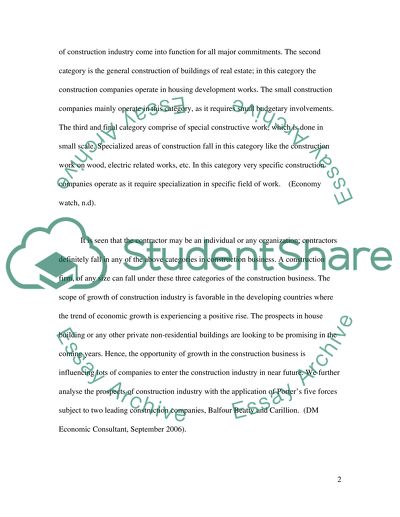Cite this document
(Application of Porters Five Forces on Construction Sector Research Paper, n.d.)
Application of Porters Five Forces on Construction Sector Research Paper. Retrieved from https://studentshare.org/engineering-and-construction/1561440-economics-essay-applying-porters-diamond-to-the-construction-industry
Application of Porters Five Forces on Construction Sector Research Paper. Retrieved from https://studentshare.org/engineering-and-construction/1561440-economics-essay-applying-porters-diamond-to-the-construction-industry
(Application of Porters Five Forces on Construction Sector Research Paper)
Application of Porters Five Forces on Construction Sector Research Paper. https://studentshare.org/engineering-and-construction/1561440-economics-essay-applying-porters-diamond-to-the-construction-industry.
Application of Porters Five Forces on Construction Sector Research Paper. https://studentshare.org/engineering-and-construction/1561440-economics-essay-applying-porters-diamond-to-the-construction-industry.
“Application of Porters Five Forces on Construction Sector Research Paper”, n.d. https://studentshare.org/engineering-and-construction/1561440-economics-essay-applying-porters-diamond-to-the-construction-industry.


